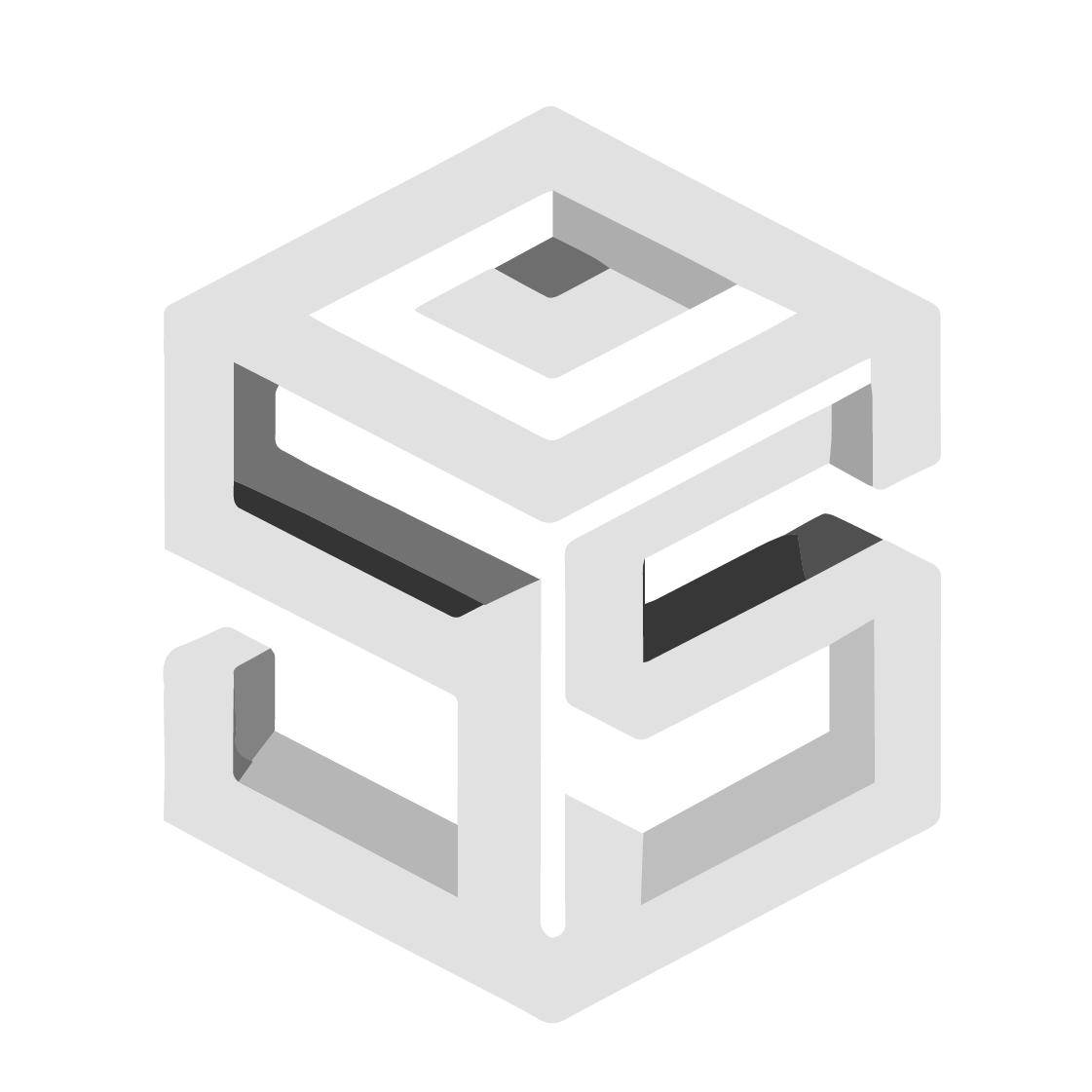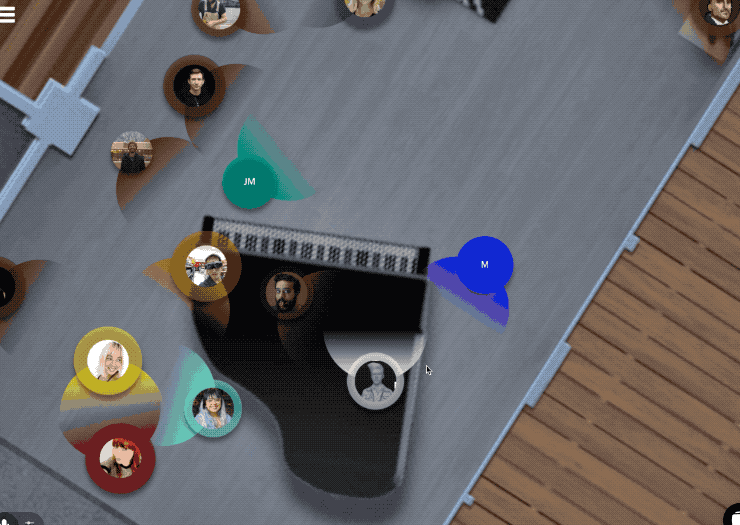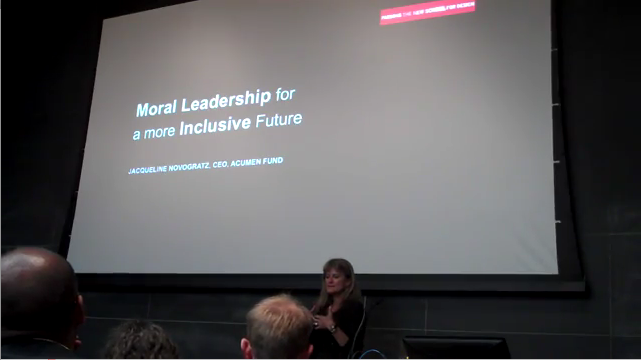Learning By Doing - Tucker Viemeister, FIDSA, Lab Chief, Rockwell Group Recap A good presentation on an industrial's stating his work history and view of environment design and interaction design and where design may be headed. He relates play to learning and design.
Opinion & Questions: Design should be validated via feedback loops as should education. How does Tucker validate his design decisions, are there specific times when rockwell will revisit a client to gain insight on an intervention's performance?
How can we break flow down? Play and design are processes, not bulk "states" If flow is not a bulk state, how do we access it? What does that process consist of ? Five years ago at the Design+Management Lecture Series Tucker faced the question, "Is it ethical to do work for Coca-cola when the drink is so unhealthy."
His answer back then was slightly better.
It was along the lines of, "I think it's ok for people to have as a treat everyone in a while, but not something they have all the time." This time he also noted that it is up to the individual's self restraint. With in five years I thought he would have a better answer. Maybe a long the lines of: 1. I made it taste 43% better without adjusting the ingredients. We made it sweeter without adding any sugar. 2. In many countries water isn't sanitary to drink. So coca-cola is a safe and clean alternative. In these countries the formula for the syrup is different and can contain less sugar. 3. It's a treat that can serve as an introduction to something healthier. Coca-cola can introduce the consumers the product line of healthier drinks like Minute Maid, a brand Coca-cola owned long before the recent trend of CPG companies like Nestle and Lays trying to reposition themselves as a "health brand."
Question & Answer from the audience.
See below for work history and chunked notes. Thesis: play=learning=design
Topics: Progress molecules - when complexity really started iterated into plants and animals
evolution process - "learning by doing" Bjarke Ingles - design process' iterations evolutionary tree
Me(about Tucker & his influences)
"Be ashamed to die until you have won some victory for humanity." -Horace Mann, address at Antioch College, 1859
"If you can't make it more beautiful, what's the point." Rowena Reed Kostellow of Pratt
started Smart Design with David Koll
opened frog design New York Harmut Esslinger
went to work with Razorfish
worked at Spring Time (with Dutch industrial designers)
started Studio Red -multidisciplinary design studio
working more with Rockwell - Set for the Academy Awards
-jetblue JFK marketplace
-Sheraton - Lobby Project (2007)
-Venice Biennale - Hall of Fragments
-The Cosmopolitan - casino in Las Vegas
Imagination Playground
[singlepic id=886] Play The pedagogy of play "I'm talking about learning, not education."
history of kindergarten
concept of "gifts" or tasks for children to complete, activities, etc.
Free-form, unprogrammed play
"Play is like a system - it has rules" "Play is valuable" "Playing is one of the ultimate things we can do" "That kind of jamming is what's known as flow." [singlepic id=890] "Flow is like play and design, that is towards progress" [singlepic id=891] Relation of Science to Design We're not just a bunch of scientists, we're artistic too, w'er trying to make stuff that's beautiful and feedback with customers and users democratic, political, iterative [singlepic id=893] "By doing that we get products, places and services and create this solar system of things. It's a network of facets that are complex and contradictory."
Business "Business is really easy, it's just like making candy, and candy is like money" Business men have really dropped the ball.
Design For Business
[but all his examples are where the design is present - in security, design is often not visible,]
“There are professions more harmful than industrial design, but only a few of them.” -Victor Papanek
Kindness what's "better " anyways? kindness and happiness are good ways to measure design
user centered
Mentioned erector sets, tinker toys, lincoln logs, unit blocks - longy, bricky, buttery, squary,
[nggallery id=71]
More about Rockwell Group on their website.
This lecture is part of Bruce Nussbaum's Design At the Edge lecture series.


